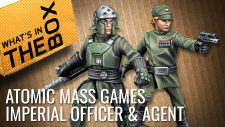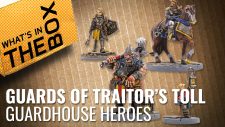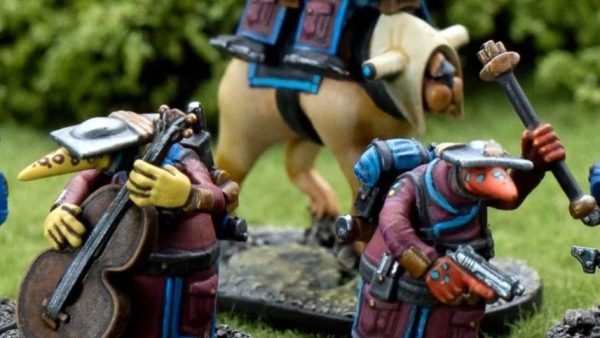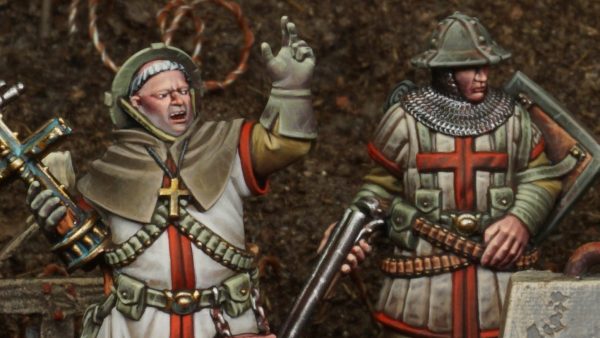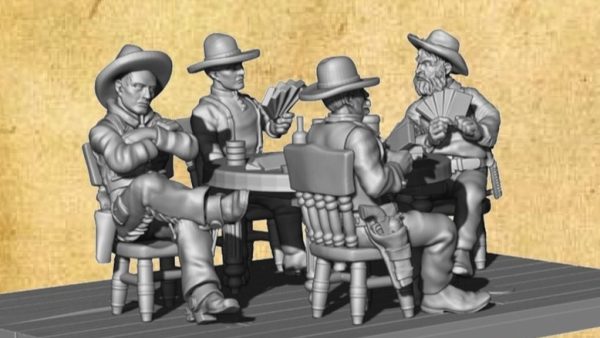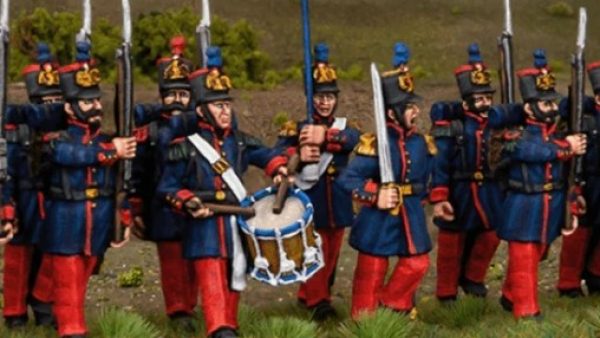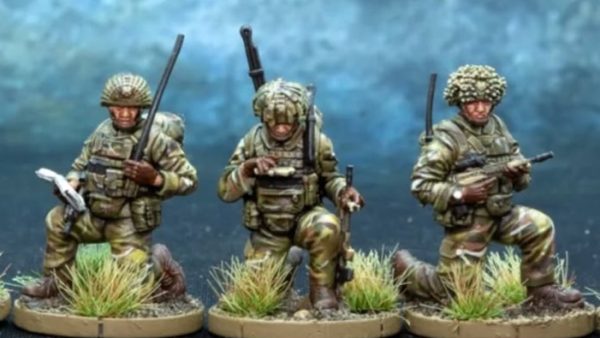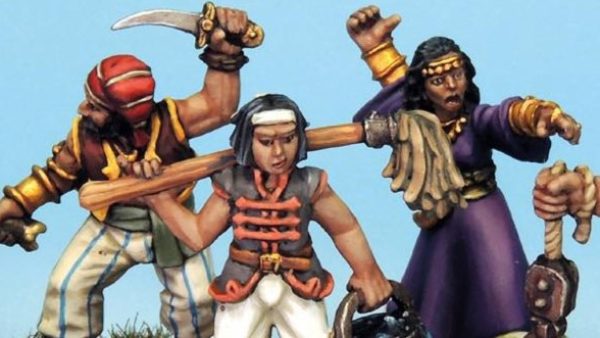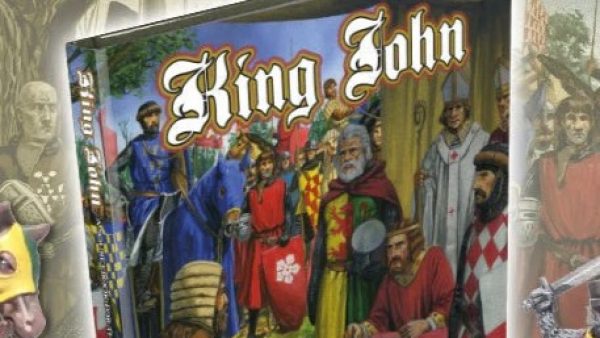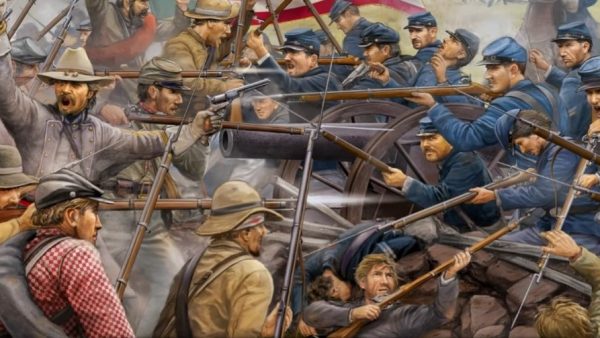Home › Forums › Historical Tabletop Game Discussions › Poland 1939 – Preparing for 80th Anniversary of World War II
Tagged: historical, Oriskany, Poland, World War II, Yavasa
- This topic has 121 replies, 12 voices, and was last updated 6 years, 3 months ago by
jamesevans140.
-
AuthorPosts
-
September 1, 2019 at 12:08 am #1431247
Thankfully we still have internet! Happy the second episode got posted @yavasa . Also glad you guys got a mention on the Weekender!
Now I’m just waiting for the new Ops Center to be posted so I can just go one place and watch all the content!
September 1, 2019 at 4:55 am #1431285@torros what are the rules like as I have not heard of them. About 4 years ago these guys came out to CanCon to demonstrate their 10mm WW2 rules. It was great but getting hold of 10mm models at the time here in Australia was just about impossible.
September 1, 2019 at 5:03 am #1431286@oriskany given that fact that you and @gladerunner are about to get hit by a hurricane and not of the battle of Britain type, I think you are allowed a few oversights here.
On the weather channel out here last night before I went to bed they were saying that it will reach full intensity tomorrow. I hope before then it has passed you by.
September 1, 2019 at 5:55 am #1431287I’ve never played I ain’t been shot mum but I’m sure there are some others here that gave mentioned them in the past. I believe it’s up to third edition now and from memory irs very umpire driven
What I can say is that any if the TFL scenario books are pretty much game agnostic and could easily be used with any ruleset. At a base level I think IABSM uses one base = 1 squad
September 1, 2019 at 8:15 am #1431290Thanks for posting the link @torros looks tempting 🙂
@gladesrunner I am also waiting for Ops Center. I consider myself a fan of the show 😀 On a side note, hope you guys are ok.
So, 1st of September 4:45 AM Schleswig-Holstein opens fire on Westerplatte. Point blank, 200 defenders stand fast for a week against overwhelming sea, land and air attacks. Here’s actual footage of how close the ship was to it’s target.
Germany attacks without a declaration of war. On this day, Polish Post Office in the Free City of Gdańsk is being defended by postmen (basic training, armed) until the late afternoon hours when the building is lit. Defenders are killed a month later.
The Battles of Mokra and Krojanty are fought and the Polish cavalry stalls the German advance. The myth of Polish cavalry charging German tanks is born.
Wieluń is the first Polish town bombed by Luftwaffe with almost 1200 civilians dead in the raid.
However, these are only some symbols of the 1st day of the war. Germans were pushing hard on all fronts and soon the not fully mobilized Polish Army would lose the fight at the borders and had to start withdrawing towards the second line of defense.
September 1, 2019 at 9:48 am #1431292Thanks for your reply @torros From memory I think it was the fact that their WW2 rules that they demonstrated at CanCon was very much umpire driven. This was a major turn off. Our group does not like umpire based games. Generally if there is an issue they will call out and the whole group will make a decision. If your any reason we might want a third party handling the game for a turn or part turn they will again call out. They will explain why and what they are trying to achieve by it.
September 1, 2019 at 10:20 am #1431293@yavasa I know we have talked about the myth of horses against tanks before. However I still can not get over how much historians repeat this myth over and over as if it was fact. I must look up the battle as I can’t remember it name. It was a case of Polish cavalry hitting German infantry and chopping it to pieces. Again it was not a classic Napoleonic cavalry charge but rather using horses to out maneuver the Germans and dominate the action. Yet this is rarely mentioned.
Had the Poles had the finances to start their modernisation even just 2 years earlier it would have had a major impact on the European war. I believe they still would have lost but a much greater cost to the Germans. This in turn would have delayed the invasion of France until things like the Pz-III made up at least 50% of the tank numbers.
Perhaps one wrong lesson they took away from Poland was that tankettes and their theory was still viable. This costs them in France but by the time of the invasion of Russia they had almost corrected this. However give the poor condition and out-dated designs the tankettes could have had a last hurrah in 1941.
My main area of research at the moment is a fracture point between late Dec 41 to Feb 42. At this point the German army was actually almost completely broken. It is the result of opinions and decisions dating back as far as the defeat of Poland. Then it was a case of both the Russians and Germans double guessing each other and getting it totally wrong that saved the Germans. Of course this is an over simplistic explanation, but I love coming over these gems after so many years of studying WW2. On the other hand I don’t like what we have been fed over the years. Does our history of the Napoleonic Wars have this much misinformation in it as well, not meaning to start a debate here as it is only a comment.
September 1, 2019 at 3:55 pm #1431340@jamesevans140 I think the most notable charges on German infantry were the ones at Mokra and Krojanty but you might be talking about Wólka Węglowa or Kamionka Strumiłowa. What’s interesting there were some engagements between Polish and German cavalry units as well like for example Lasy Królewskie or Krasnobród.
The misinformation topic is as huge as we can get. I am currently reading a book about the siege of Elbing (Polish Elbląg. In 1939 Germans had an airfield here that was used by Stuka bombers) in January-February 1945. There are many sources on the German side about the battle including official military reports, civilian and military memoirs etc. They really differ while describing the same events. The ones on the Soviet side do the same. Especially “official” memoirs of army and corps commanders plus the military press articles published during the Cold War era. It’s a really hard and daunting work in the archives both in Germany and Russia to try to put the pieces together and try to find who was closer to the truth.
September 1, 2019 at 5:39 pm #1431346Research is hard at the best of times @yavasa
My training on incident investigation stated that at best after interviewing everyone involved at best about 65% to 70% should correlate. If it goes higher than that you are in danger of everyone is trying to stick to the same story they have constructed to protect themselves from being found as fault. The issue that I faced is that I was there to establish root cause and not lay blame on anyone.
I find applying this rule to research will identify that the historic record was modified for various reasons. The victor attempting to look better than they were, to increase the level of blame upon the defeated or simply passing on propaganda of the day. Things like the Stuka was obsolete, yet the allies continued to produce drive bombers and yet when you compare them the Stuka remains the most advanced drive bomber of the period. Another favorite of mine is that the bark of the Mg42 was far worse than its bite. There are many more but they cloud up the real history. Victory really goes to the leaders of the people and they are free to rewrite any way they wish. If it does not suit the leadership that follows them then they will rewrite it again. If some old history was about to be declassified and it would paint the current political party in a bad light then it is unlikely to be declassified. Then when time passes and the old adversaries are now economic partners then history is modified again to be kinder. Like here in Australia the Japanese has become our major trading partner. As a result of this what the Japanese did to us in WW2 is hardly taught at all.
In theory to me history is something that has happened and was recorded for the future. Yet the more I research it appears that history is something that remains in flux. Sure the head lines remain but the details detail seems to change.
Buta am glad when people like your self try to really find out what actually happened, in this case Poland, for a new generation.
Given this I have stopped calling myself an armature historian a long time ago but rather an armature history analyst. This is because modern historians rarely test their data, preferring simply to repeat it.
September 2, 2019 at 6:32 am #1431557Sorry I haven’t been more active on this thread guys, especially as we pass through the actual 80th Anniversary of the campaign’s opening. There’s a lot going on here right now but we should be through the worst of it soon.
September 2, 2019 at 6:59 pm #1431791@jamesevans140 history analyst – I like that. 🙂
@oriskany no worries man. Hang on in there. I am following the info on Dorian. It’s horrific.
On another note. I found a gem and it’s for free. A guy called Crush Davis from USA made this game and published it on a website for download, print and play. It’s a hex and counters game focusing on the defense of the Polish Post Office in Gdańsk that I have been posting about earlier. It’s called NOT YET LOST: Defense of the Polish Post Office in Danzig September 1939.
Here’s the link if anyone is interested: https://americanprideweb.wordpress.com/simulations/
It’s not a big one so anyone can have a go.
September 5, 2019 at 7:22 am #1432501Test
September 5, 2019 at 7:28 am #1432502Sorry guys i have not been able to post anything here for the past few days. I have upgraded my security to a private VPN over ONION. Trying to avoid being technical this makes me invisible to the best of hackers. The problem with this site is that the security does not like speaking to no one.
September 5, 2019 at 8:20 am #1432514@yavasa i have finally had the time to drag out my copy of Battles of World War II, volume one, Poland 1939, Germany’s ”lightening strike’. This is part of a hard bound set published back in 2002. It was the first book I had read that seriously rebuffed the cavalry vs tank myth. It also blames the 1959 Polish film Lotna directed by Andrzej Wajda for taking artistic licence to paint the Polish Army as the doomed hero by including tank vs cavalry scenes in his movie that only increased the myth.
The battle that @torros and I have been talking about that had armoured trains and cavalry giving a panzer division a bloody nose was the Battle of Mokra on September 1st. Here the 4th Panzer Division attacked with the Wolynian Cavalry Brigade supported by the armoured train 53 Smialy. The modernisation of this cavalry brigade did pay dividends. Here they had the Bofors 37mm, better than the German 37mm. On a side note in the Finnish Winter War games I have played, at this stage of the war it commands the battle space in a similar fashion to the German 88mm did elsewhere. This is due to the very thin armour of early tank designs of the period and the long range accuracy of the Bofors 37mm. A few of the secret anti- tank rifles and the Polish copy of the US BAR rifle were present in numbers. What this battle gave us a look at what it may have been like if Poland had of completed its modernisation and the real quality of the Polish soldier. Again there is a myth about the German soldier being the best in the world. Again not so just that they vastly outnumbered the real quality troops they encountered. There was a battle in Holland where their quality troops not only engaged German paratroopers but were pushing them back. Holland surrendered before this battle was over. In Finland at any point in the war all Finnish soldiers were much better than any German infantry formation. From my limited reading the Polish soldier proudly belongs in this group. So to me it was the German doctrine of Blitzkrieg was developing. Poland was not ready for operational warfare. German tanks and infantry are fighting two separate battles in the same battle space. It looks like combined arms, but true combined arms in the German army does not come together until 1941. The speed of the tactical maneuver of German divisions is much faster than any army as this period of the war. Finally the German mobile radio net is second to none. The effect is that then Germans have a better vision of the battle space and have the speed to be there ready to strike the enemy as they more blindly fumble around. Many of the Polish counter attacks were sound. However even the best tactics are useless when the enemy can see everything you do and have the speed and ability to block and attack anything you do. It would feel like the Germans have already read the page while you have not finished writing.
September 5, 2019 at 11:24 am #1432600@jamesevans140 I think I have an old Wargames Illustrated with A Battle of Mokra scenario in it
-
AuthorPosts
You must be logged in to reply to this topic.





























![Make Your Own Star Wars: Legion Heroes! Rebel Agent & Officer Set Review [7 Days Early Access]](https://images.beastsofwar.com/2025/12/unboxing-atomic-mass-games-star-wars-legion-rebel-alliance-agent-_-officer-coverimage-225-127.jpg)


